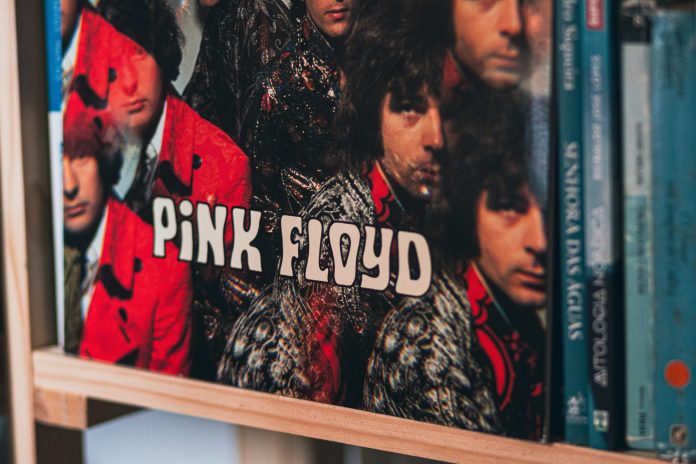LSD is a psychedelic compound that gained immense popularity during the mid-20th century. Beyond the countless discussions surrounding its impact on consciousness, personal enlightenment, and potential therapeutic benefits, LSD has had a significant influence on the realms of art, music, and literature. This influence has transcended decades and has etched an indelible mark on the very fabric of modern culture.
LSD’s influence on the visual arts
Within the world of visual arts, LSD played a pivotal role in the emergence of psychedelic art.
This art form is characterised by its intricate patterns, swirling shapes, and vivid colours, attempting to capture the visual aspect of an LSD trip.
Artists like Peter Max and Victor Moscoso produced posters, album covers, and artwork that depicted this kaleidoscopic universe, drawing attention from across the globe.
Furthermore, the substance prompted many artists to explore abstract concepts, delve deep into introspection, and represent higher states of consciousness in their works.
These elements became emblematic of the 1960s counter-culture, symbolising the global youth’s quest for deeper meaning and enlightenment.
Music’s Psychedelic Revolution
Undoubtedly, LSD’s influence is most palpably felt in the world of music.
The late 1960s and early 1970s witnessed a psychedelic revolution, with rock ‘n’ roll at its epicentre.
Iconic bands and musicians such as The Beatles, Jimi Hendrix, The Grateful Dead, and Pink Floyd have openly discussed or hinted at their experiences with the compound, often reflecting its influence in their compositions.
Take The Beatles’ “Lucy in the Sky with Diamonds” or Jimi Hendrix’s “Purple Haze” as prime examples.
These tracks, filled with abstract lyrics and ethereal sounds, are clear manifestations of the psychedelic experience.
LSD pushed musicians to explore novel instrumentation, innovative studio techniques, and surrealistic lyricism.
It wasn’t just about recreating the trip—it was about harnessing its power to generate new sonic landscapes.
LSD’s influence on literature
In literature, LSD paved the way for exploration into the human psyche, stretching the boundaries of narrative structures and thematic content.
Writers such as Aldous Huxley, Hunter S. Thompson, and Ken Kesey experimented with LSD, producing works that explored altered states of consciousness, the human experience, and societal constructs.
Huxley’s “The Doors of Perception” remains a seminal text on the subject, detailing his experiences with mescaline (another psychedelic) and touching upon the vast potentialities of the mind.
Kesey’s “One Flew Over the Cuckoo’s Nest”, while not directly about LSD, carries undertones of the counterculture and the questioning of societal norms—a reflection of his experiences with the drug.
The Ripple Effect
Beyond these primary mediums, LSD’s influence permeated into fashion, cinema, photography, and even academic discourse.
Patterns inspired by psychedelic art became ubiquitous in clothing. Films started exploring non-linear narrative structures and surreal visual sequences, often emulating the hallucinogenic journey.
Photography, too, began playing with distortions and unconventional techniques to capture the essence of the ‘trip’.
This widespread influence underscored a larger movement—a societal shift towards questioning established norms, exploring the boundaries of consciousness, and understanding the vast landscape of the human mind.
Conclusion
LSD, far from being just a recreational substance, acted as a catalyst for a cultural renaissance.
Its profound impact on art, music, and literature is a testament to its power in unlocking creativity and pushing boundaries.
Even today, as we see a renewed interest in the potential therapeutic benefits of psychedelics, it’s crucial to acknowledge and appreciate the compound’s undying influence on the world of creativity.
The tendrils of its influence are deep, reminding us of an era of exploration, self-discovery, and boundless imagination.


